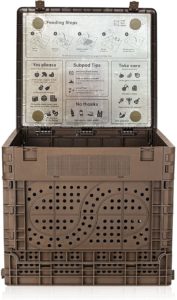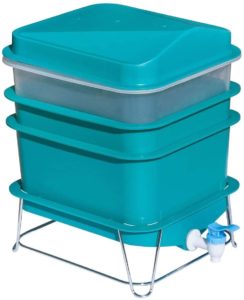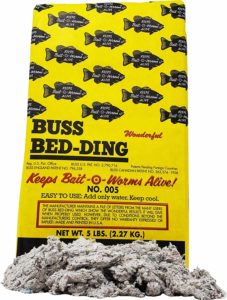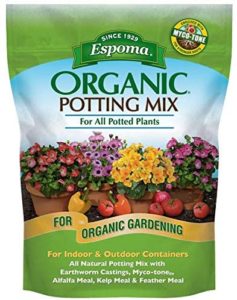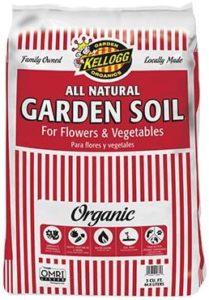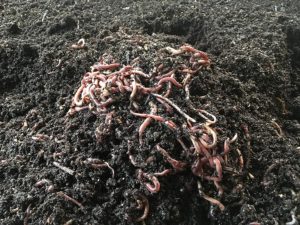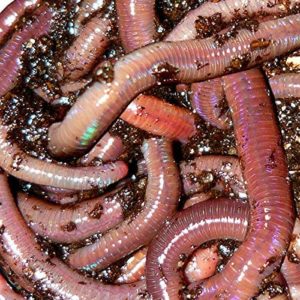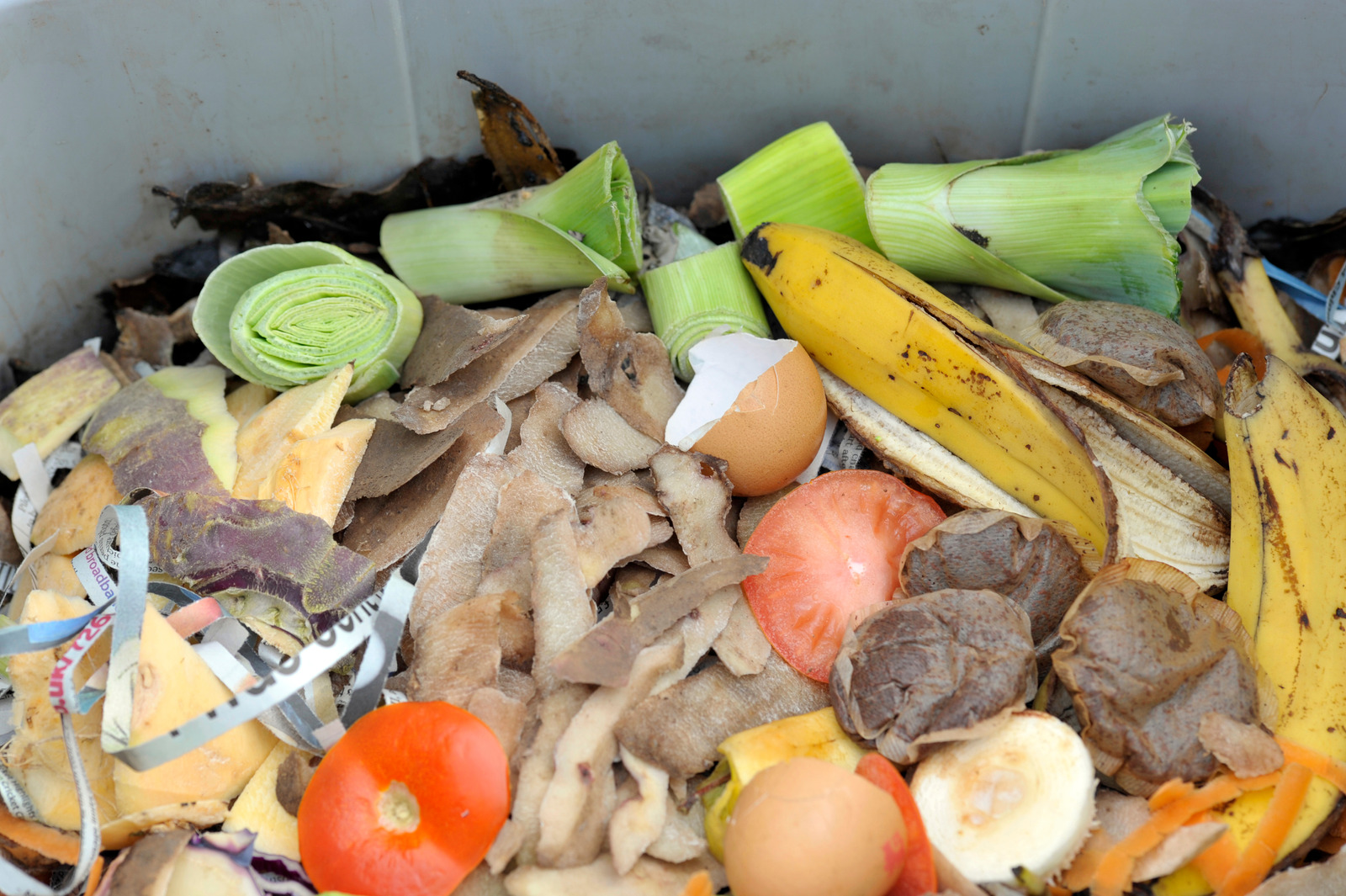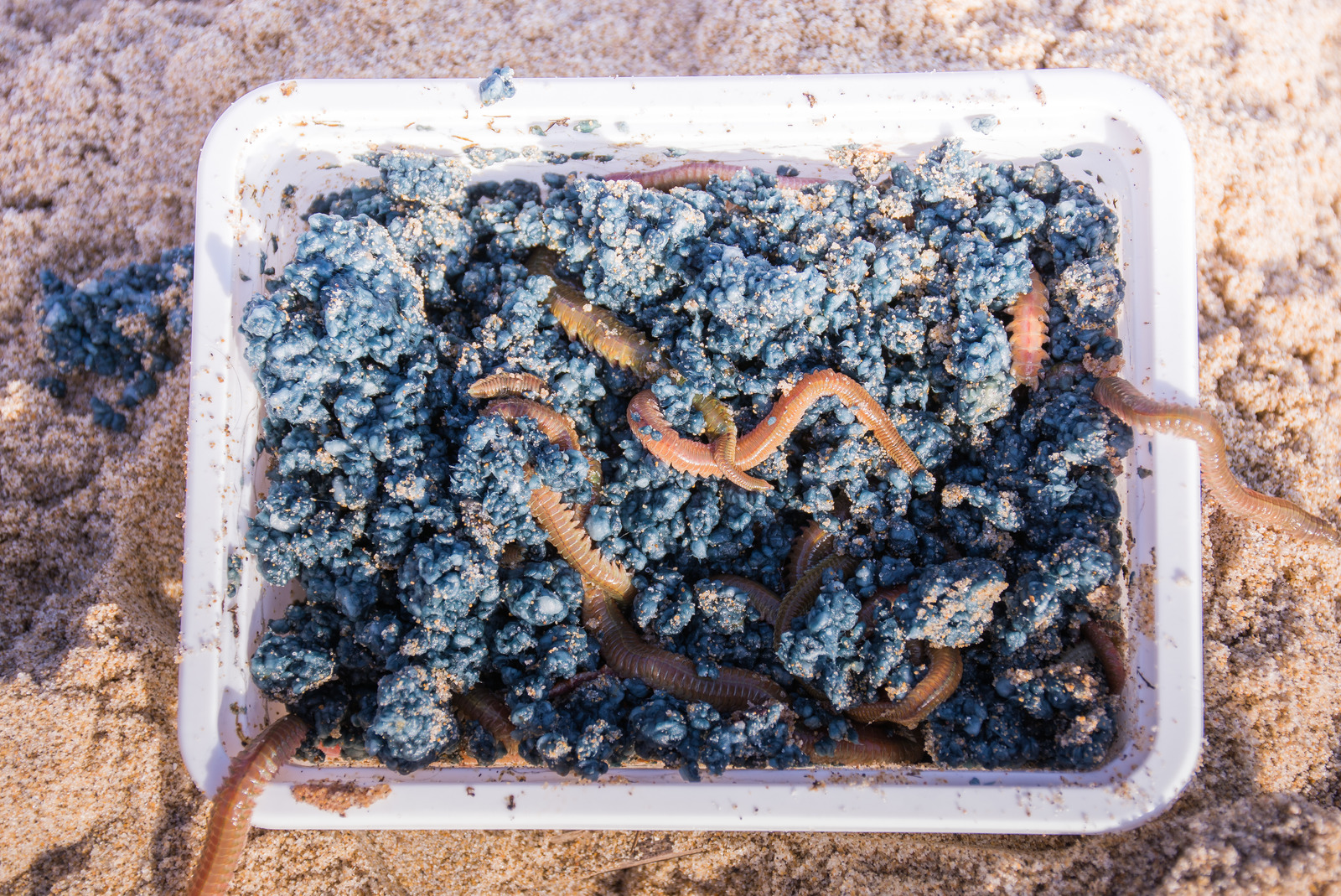How To Grow Worms For Fishing Bait
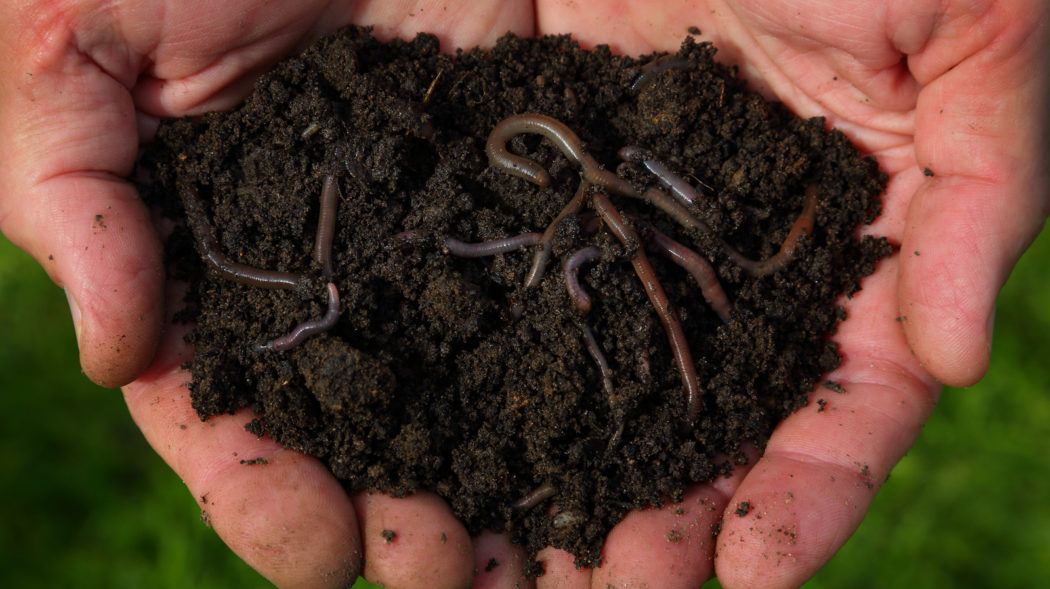
If you love to fish, then you know that buying live bait can significantly set you back financially. As such, you may want to know how to grow worms for fishing bait. In this article, you are going to learn how to do that exactly.
Raising worms in your worm bed is a cost-effective solution. As you contemplate doing that, you need to keep in mind that there are three common types of worms, including red worms, European Night Crawlers, and mealworms.
As for learning how to grow worms for fishing bait and choosing which kind to breed, you will have to draw on your experience and expertise. That said, mealworms are thought to be great for catching panfish, while redworms and the European Night Crawler are perfect for edible fish species and larger fish, respectively.
Step By Step: How To Grow Worms For Fishing Bait
1. Building A Worm Bed
The first step of how to grow worms for fishing bait, as you may have guessed, involves building a worm bed. To that effect, you want to choose a suitable location where you will position the worm bed. You choose to have it indoors or outdoors.
Now, if you prefer to have it outside, pick a spot that is heavily shaded to prevent water from damaging the bed when it rains. If you prefer to have it indoors, you want to set a bit of space aside for it, like in your basement or garage.
Note that it is not advisable to breed your worms inside your house because the slimy little things are likely to make their way out of their bed and the bed itself is likely to emit an unpleasant smell.
2. Insulate The Worm Bed
The second consideration in how to grow worms for fishing bait is that of temperature. After deciding where you want to place your worm bed, you want to find a simple plastic or foam container with insulation to protect your worms from sudden temperature changes. If you have the skill, you can make your own bed with your preferred material and dimensions.
You also want to keep in mind that it is easier to maintain and clean a smaller worm bed, but it will not be ideal if you intend to breed many worms.
If you have the budget, you can buy any of the recommended worm bins below to make everything easier for you.
Outdoor Worm Bin
Your worms will surely love to live below the ground with this bin.
This is a great product if you want to grow your worms outdoors.
Indoor Worm Bin
It will be easier to feed and check your worms if you keep your worm bin indoors.
This stylish worm bin is great indoors and for smaller spaces.
Budget Friendly Indoor and Outdoor Worm Bin
It is good to have a worm bin where you can place it outdoors or indoors without spending that much.
This budget-friendly worm bin is perfect to use both indoors and outdoors.
3. Drill Breathing Holes
Now that you have your worm bin of choice at hand, you want to get a drill and make a sequence of holes on both the upper and lower side. As you do that, avoid using larger bits because, as you know, worms are slimy and tiny and they can easily squeeze their way out of bigger holes.
The holes at the top of the container are for facilitating breathing, while the ones at the bottom are for filtering waste products and excess water. Maintaining the perfect environment is crucial to learning how to grow worms for fishing bait.
4. Create Shredded Paper Bedding Layer
With your container ready, you then want to create a layer of bedding, preferably from shredded paper. Spread the bedding uniformly such that there are no bare spots or noticeable mounds. Avoid printed paper with dye as it can be toxic to your worms.
You can also purchase some worm bedding:
Worm Bedding
Your worms will surely be comfortable and grow healthy in any of the following worm beddings.
This worm bedding can also be used as potting soil when the bedding becomes black from your worm castings.
Serves as a complete habitat for your worms.
5. Create Potting Soil Layer
After laying the first layer of worm bedding, you then want to go in with a second layer and this one will comprise some potting soil or garden soil. The amount you add should go hand in hand with the size of your container. Spread the layer of soil evenly as well, making sure that it is enough for your worms to burrow through.
A useful tip here is that you should break up any massive lumps of soil to make your worms more comfortable.
Potting Soil
Make sure to use organic potting soil because potting soil may include chemicals that are hazardous to your worms.
This potting soil is free of dangerous chemicals, making it safe for your worms to use.
Garden Soil
Garden soil is a great alternative to potting soil.
This all-natural garden soil is ideal for growing your worms.
6. Dampen The Soil
Now that your layer of soil is in place, the next thing you want to do is sprinkle it with enough water just to dampen it. As you do that, turn the soil with your fingers so that by the time you are done, you have moist soil.
You will know that the consistency is right when the soil clumps easily. Be careful not to add too much water as it exposes your worms to the risk of drowning. After all, it would be very disappointing after learning how to grow worms for fishing bait to be left without any bait.
7. Buy The Worms
This is where the rubber meets the road. At this point, you should have bought your composting worms or dig them out of your garden or yard. If you are unsure about what kind of worms to get, you want to learn about the feeding habits of your target fish.
Red Wigglers
Red wiggler worms are perfect for catching bluegills, crappie, and perch.
This red wiggler is perfect for catching fish since they live longer and wiggle underwater which can attract fish.
Nightcrawlers
Nightcrawlers attract anything like panfish, bass, catfish, and even walleyes, and just about every strong, big fish.
Enjoy catching some big fish using these nightcrawlers.
8. Spread The Worms Over The Soil
Congrats! You are now at the final step of how to grow worms for fishing bait. Place the worms on the soil and spread them out. This is essentially introducing them to their new home and giving them a chance to get used to it. Once they are in place, place the lid of the container back and ensure that it is secure.
Be gentle as possible with the worms because it is easy to hurt them.
What Temperature Do Worms For Fishing Need?
A minimum of 50–80 °F (10–27 °C) is ideal. On cold days and nights, you can use heat lamps to regulate the temperature.
What Do Worms Eat?
Worms usually feed on soil but you may want to feed them because fatter worms make better bait. Their food could be anything from wet leaves, to banana peels, or eggshells. As you learn how to grow worms for fishing bait you will be happy for your contribution to the environment by recycling household waste.
How Often Should I Replace The Soil For My Worm Farm?
Replace the soil in your worm bed occasionally just to ensure that your worms get the nutrients they require and to get rid of the bad smell that comes from the bed. You can throw the used soil back into your garden or yard. Your plants will be happy that you are learning how to grow worms for fishing bait!
By the way, if you have an aquarium, we have an article here that you might be interested in which talks about using fishing weights in an aquarium.
In Summary
As you can see, how to grow worms for fishing bait by putting up a worm farm is not as hard as you may have imagined. With one, you can say goodbye to heavy spending on as far as live fishing bait. Just follow the above steps and watch your worms thrive in readiness for your next angling expedition.
As an Amazon Associate, Fishermen's Angle earns from qualifying purchases. We get commissions for purchases made through links in this post.

